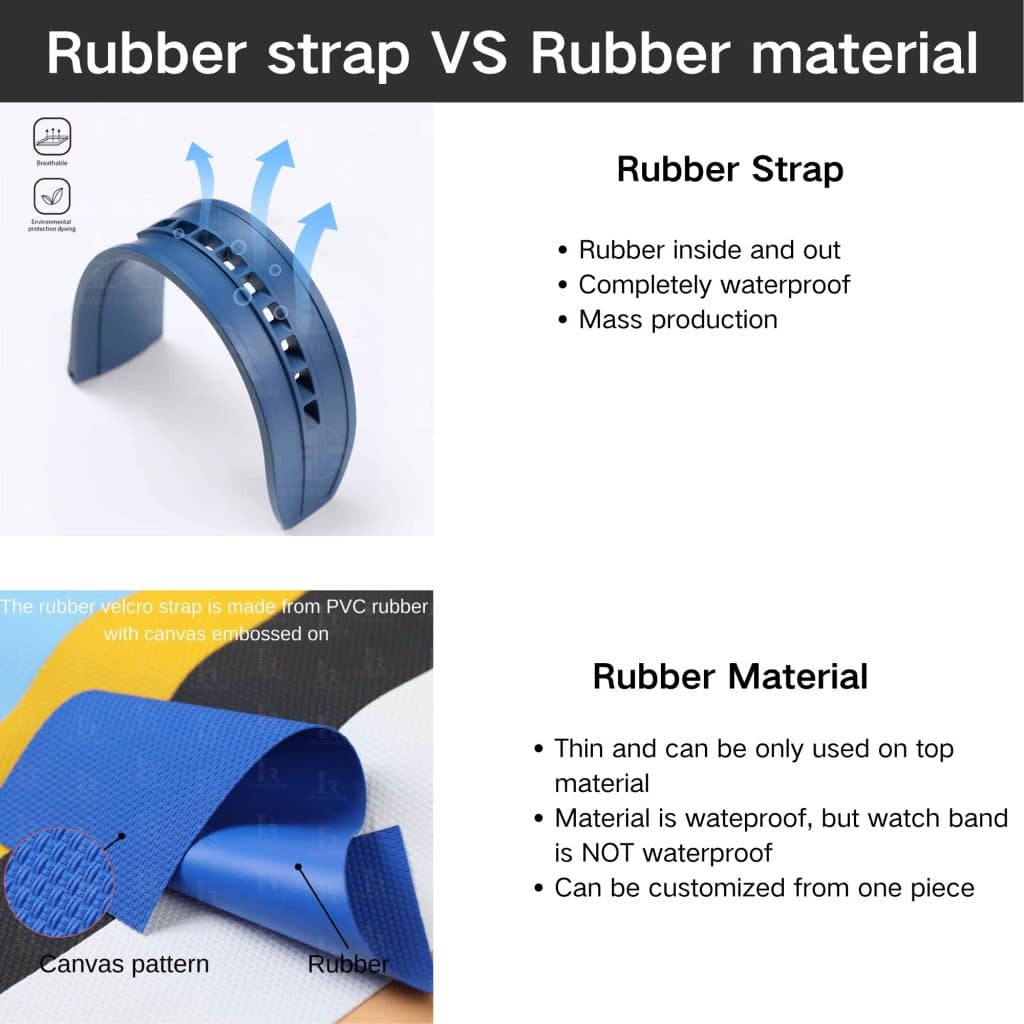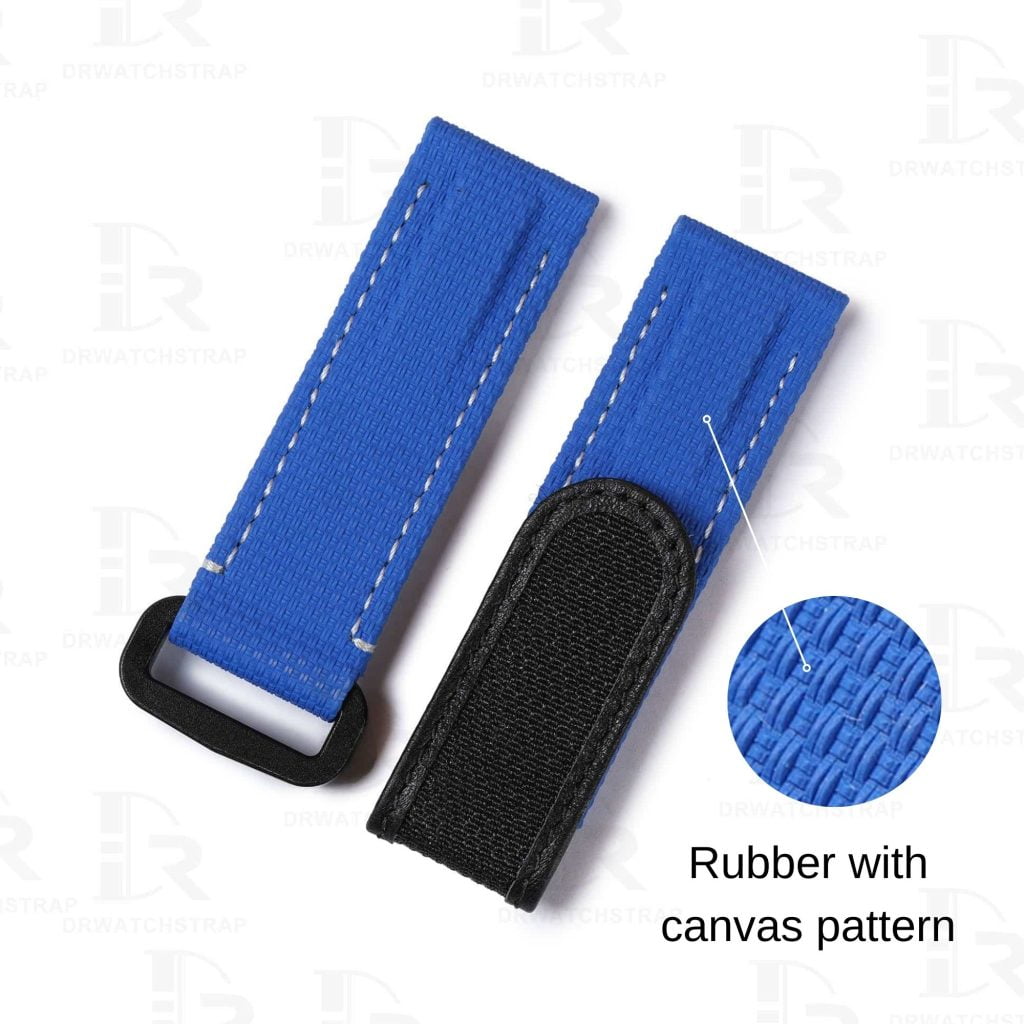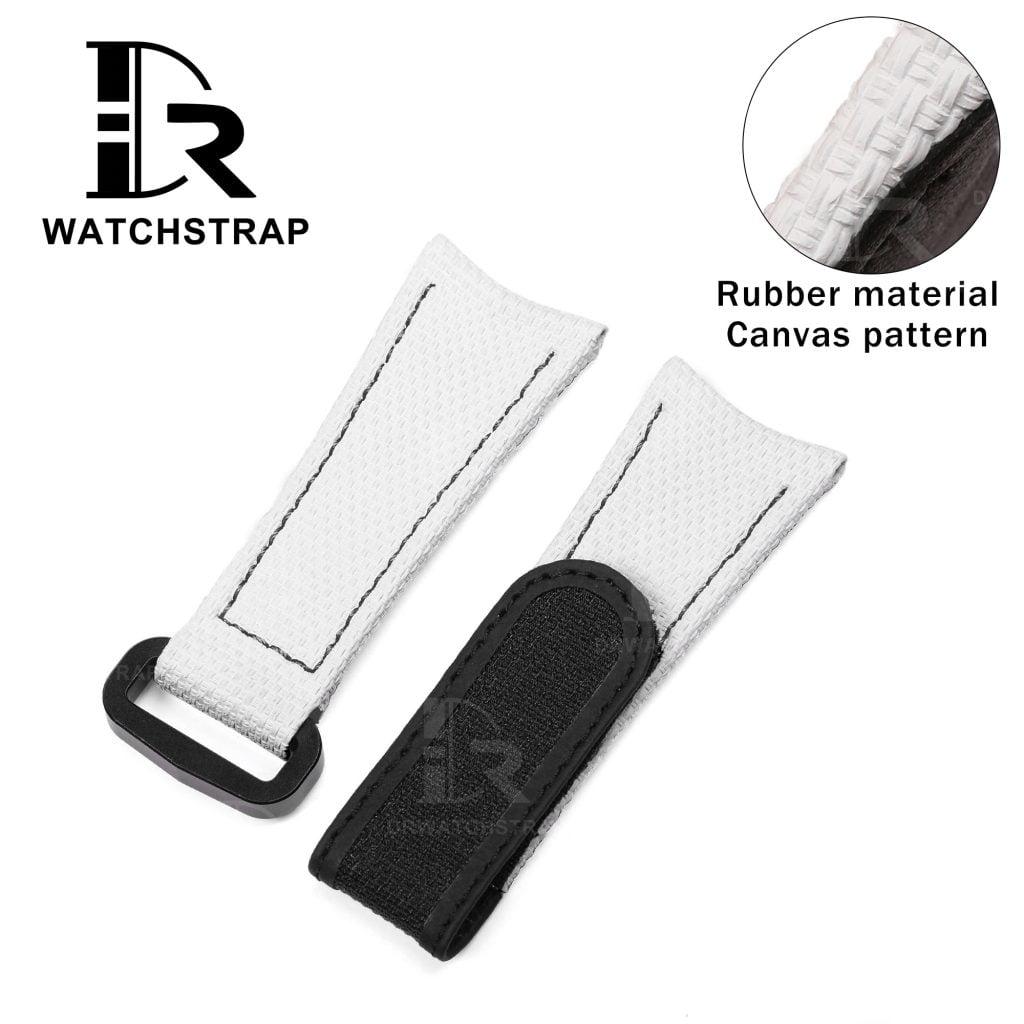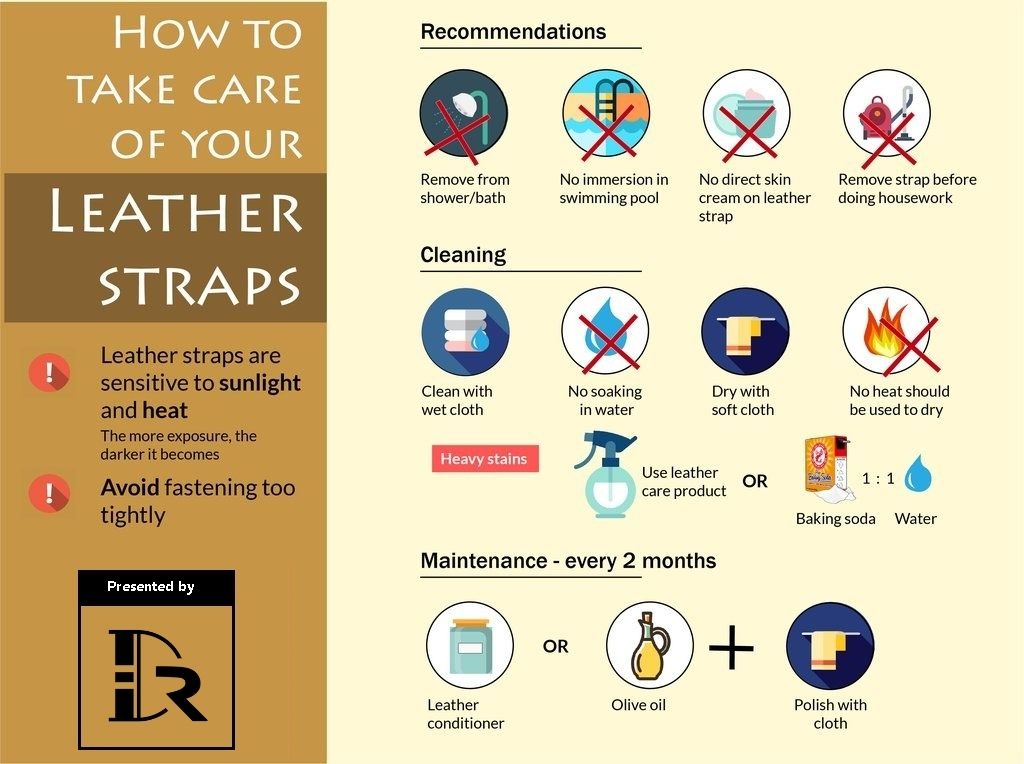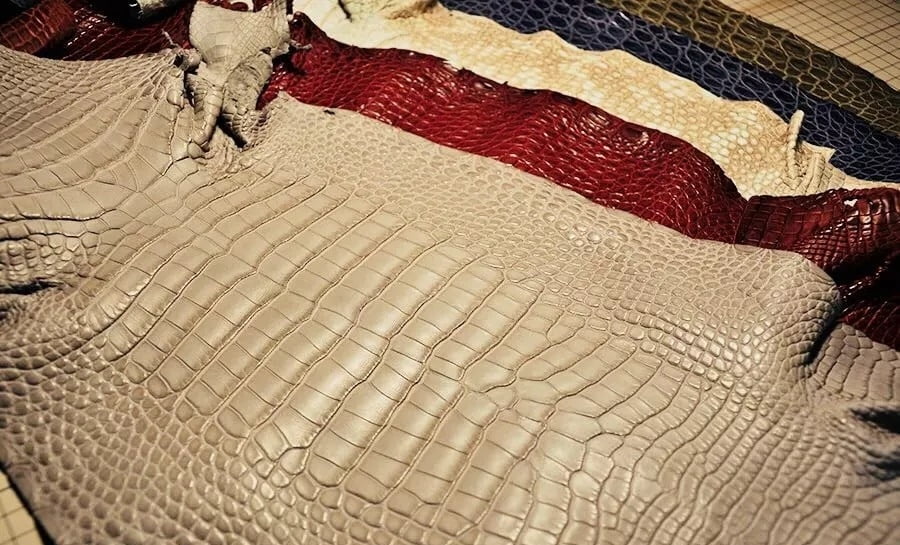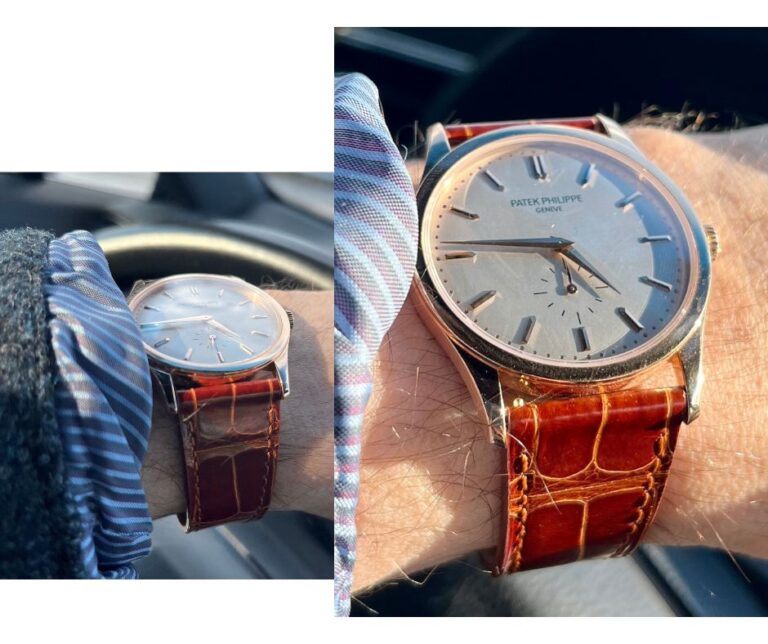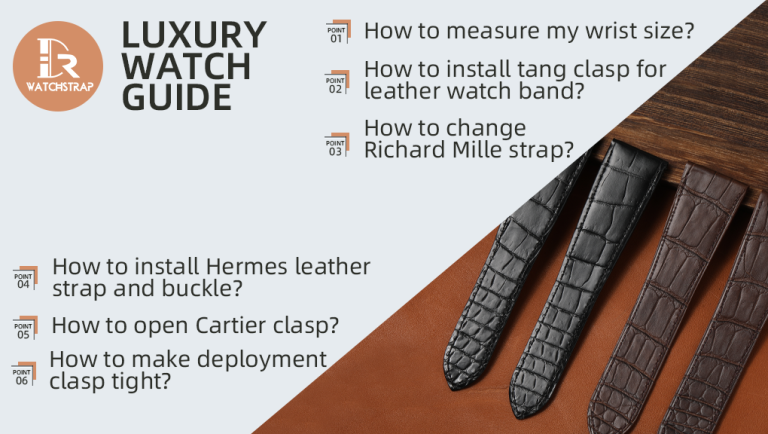Table of Contents
What's the difference between water resistant and waterproof
When it comes to choosing the right watch strap, understanding the difference between “water-resistant” and “waterproof” is crucial, especially if you plan to expose your watch to water regularly. A common misconception among customers is that a water-resistant strap is suitable for swimming, but this isn’t always the case. In this blog, we’ll explore the distinctions between water-resistant and waterproof watch straps
| Water Resistant | Waterproof |
| Suitable for small rain | Suitable for heavier rainfull |
| Indicates low water protection | Indicates high water protection |
| No taped seams | Taped seams |
| The fabric has been treated with DWR (durable water repellent) | The fabric has been treated with DWR (durable water repellent) |
| Does not feature a waterproof fabric membrane | Features a waterproof fabric membrane |
What does water resistant mean for watch band?
Water-resistant straps offer some protection against water but aren’t designed to be fully submerged or exposed to water for extended periods. These straps can handle everyday splashes, such as rain or accidental contact with water, but they’re not meant for swimming or other water activities.
What does water proof mean for watch band?
A waterproof watch band refers to a strap designed to resist water penetration, ensuring that it does not get damaged when exposed to moisture. Unlike water-resistant bands, which can withstand small splashes or brief exposure to water, waterproof bands are typically engineered for more intense water activities, such as swimming, diving, or showering. These bands are often made from materials like rubber, silicone, or certain treated leathers that repel water, maintaining their durability and appearance even in wet conditions.
Difference between waterproof and water resistant
| Condition | Water Resistant | Water-Proof |
| Small Rain | √ | √ |
| Sweat | √ | √ |
| Wash Hands | × | √ |
| Shower | × | √ |
| Swimming | × | √ |
Different watch band materials have varying levels of water resistant, which can be confusing for customers. To help clarify, we’ve outlined the materials and their suitability for common water exposure scenarios. This guide will help you determine which watch strap is appropriate for different activities, ensuring you know what to wear when you’re out and about. For example, leather and calfskin straps can handle light rain but should not be exposed to water from washing hands, showers, or swimming. In contrast, silicone, rubber, stainless steel, and NATO straps are designed for all water-related activities, making them ideal for swimming and showers. Use this guide to make informed choices about your watch bands and enjoy your timepiece without worry!
| Watch Band Material | Rain | Wash hands | Shower | Swimming |
| Leather | √ | × | × | × |
| Calfskin/alligator/Lizard | √ | × | × | × |
| High-density Canvas | √ | × | × | × |
| Canvas / Fabric / Velcro | × | × | × | × |
| Satin | × | × | × | × |
| Suede | × | × | × | × |
| Rubber material (canvas pattern) | √ | × | × | × |
| Silicone / Rubber | √ | √ | √ | √ |
| Stainless Steel | √ | √ | √ | √ |
| Nato | √ | √ | √ | √ |
What does water resistant mean for wrist watch?
A water-resistant watch is designed to withstand a certain level of exposure to water without being damaged. However, it is not completely waterproof. The degree of water resistance is usually indicated by a depth rating, such as 30 meters, 50 meters, 100 meters, or more. These ratings reflect how much water exposure the watch can handle under specific conditions. For example, a watch with a 30-meter rating can resist splashes or rain but is not suitable for swimming or diving, while higher ratings can handle more intense water activities. Difference between water resistant and waterproof watches
What does waterproof mean for wrist watch?
A waterproof watch is a timepiece designed to resist water infiltration under specific conditions. While no watch is completely “waterproof,” watches labeled as such are typically water-resistant to varying degrees, meaning they can withstand exposure to water up to certain depths or pressures. The term “waterproof” often implies protection during activities like swimming or diving, but it’s important to check the watch’s specific water resistance rating, such as 30m, 50m, 100m, or 200m, which indicates how much water exposure it can safely handle.
3 ATM/3 Bar/30M: This is a very common water resistance rating found on most fashion watches. While you may often hear people claiming that since these watches are rated for 30 meters, they can safely shower or even submerge the watch in water, you actually shouldn’t do that. The 3 ATM rating is only suitable for everyday accidental splashes you might encounter while out and about. Rain, washing your hands—these are about as much as these exquisitely delicate cases can handle.
5 ATM/5 Bar/50M: It’s rare for anyone to dive 50 meters deep, but even if that opportunity arises, these watches won’t be up to the task. However, they can handle light, short-term immersion in water without any issues. A watch with a 50-meter water resistance rating should be fine for use in a swimming pool, but avoid vigorous swimming, diving from a board, or soaking in a hot tub.
10 ATM/10 Bar/100M: At this level, real water sports like swimming, snorkeling, and boating should all be possible. This is the level of water resistance I look for in an everyday watch, just for added peace of mind.
20 ATM/20 Bar/200M/30 ATM/30 Bar/300M: When water resistance reaches 200 meters, you can genuinely use these watches for diving. They should perform excellently at extreme depths and are more than adequate for the vast majority of recreational divers.
100 ATM/100 Bar/1000M: Now we’re entering the realm of serious saturation (SAT) divers. Watches with this level of depth rating are finely tuned, professionally crafted tools designed to ensure the wearer’s safety. These watches are typically larger, with thick case walls and sapphire crystal faces several millimeters thick, built to withstand the immense external pressures they’re expected to encounter.
| For watches | Small Rain | Wash Hands | Shower | Hot tub | Swimming | Diving |
| 3 ATM/3 Bar/30M | √ | √ | × | × | × | × |
| 5 ATM/5 Bar/50M | √ | √ | √ | × | √ | × |
| 10 ATM/10 Bar/100M | √ | √ | √ | × | √ | × |
20 ATM/20 Bar/200M | √ | √ | √ | √ | √ | √ |
| 30ATM/30Bar/300M | √ | √ | √ | √ | √ | √ |
How does a leather strap compare to other materials for swimming?
Rubber, nylon straps, and metal bracelets are generally better choices for water activities.
Leather isn’t waterproof. The most obvious reason not to swim with a leather strap is that leather isn’t waterproof. Leather acts like a sponge, absorbing water, which can lead to a range of issues, including damage to the strap itself and the potential for long-term wear and tear.
When leather absorbs water, it becomes saturated, weakening its structure over time. Continuous exposure to moisture can cause leather to lose its shape, flexibility, and even its color. The strap might become stiff, warped, and discolored.
Additionally, leather straps are typically glued or stitched together. When they get wet, the glue can weaken, and the stitching can loosen, which can lead to the strap breaking.
It’s important to understand that even leather with enhanced water resistance shouldn’t be submerged in water or exposed to moisture for extended periods. These straps may handle occasional splashes better than other leathers, but it’s still best to keep them dry and to dry them off immediately if they get wet.
Because leather is a natural, porous material, it’s never completely waterproof. Therefore, many leather straps shouldn’t be exposed to water for prolonged periods. If your leather strap does get wet, you should ensure it is thoroughly dried before wearing it again.
We recommend that if you’ve used a waterproof strap in the shower, pool, or ocean, you should rinse the strap with fresh water and allow it to dry completely before wearing it again.
FAQ:
- Water Damage: Leather absorbs water like a sponge, which can weaken the material, cause it to lose its shape, and lead to discoloration or stiffening over time.
- Mold and Mildew: Prolonged exposure to moisture can promote the growth of mold and mildew on the strap, leading to unpleasant odors and degradation of the leather.
- Adhesive Failure: Many leather straps are bonded or stitched together. Water can weaken adhesives and loosen stitching, increasing the risk of the strap breaking.
- Loss of Comfort: Wet leather can become uncomfortable against the skin, leading to irritation or chafing.
- Reduced Longevity: Overall, frequent exposure to water can significantly shorten the lifespan of a leather strap, making it necessary to replace it sooner than expected.
No. Both sides are rubber material does not mean waterproof on both sides. When they get wet, the glue can weaken, and the padding inside can moister, leading to the strap breaking.
